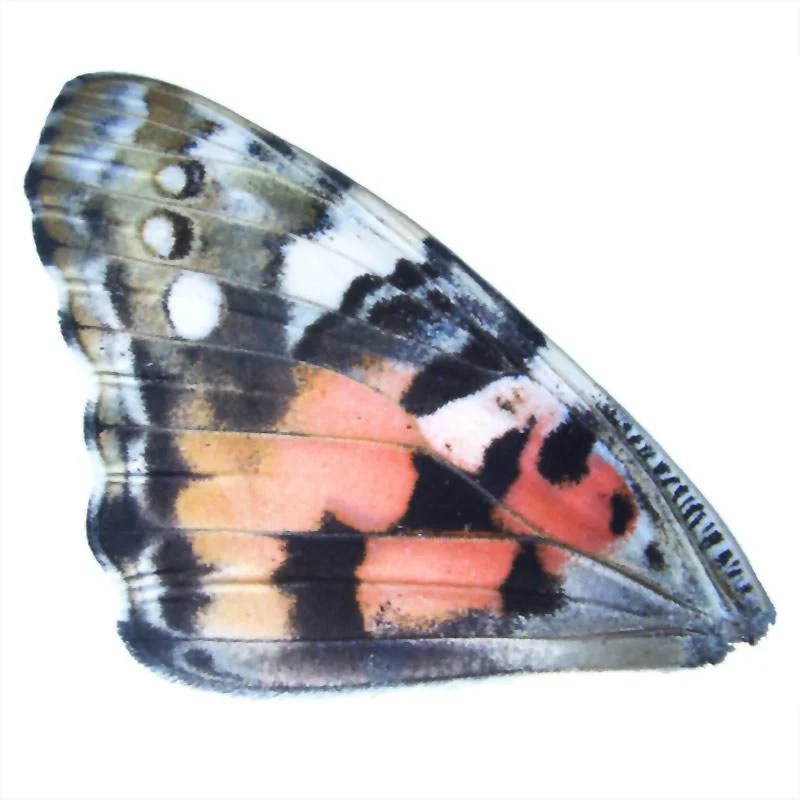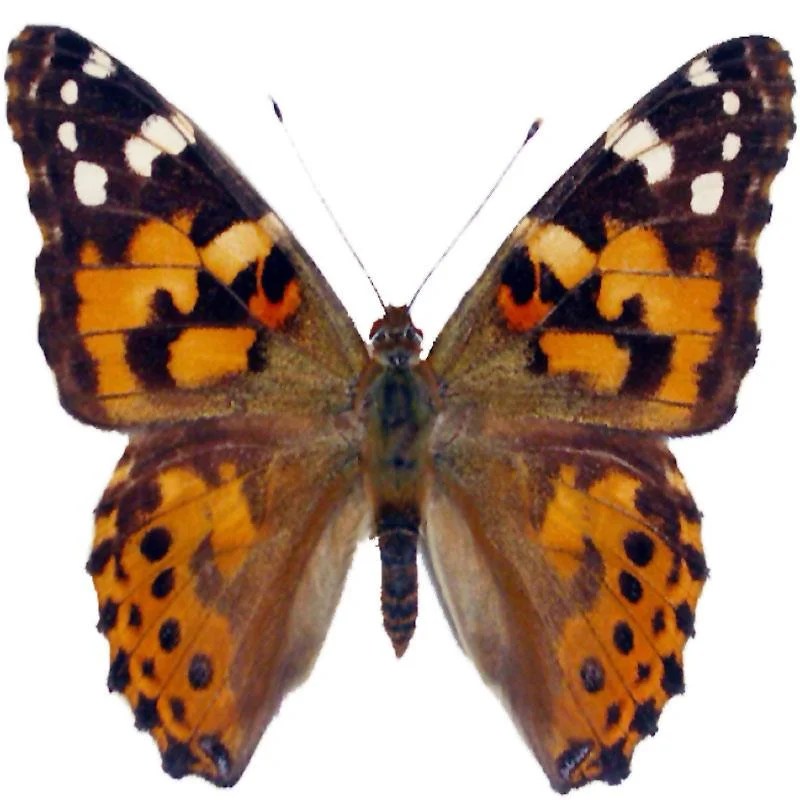Using crispr to identify the functions of butterfly genes – Harnessing the transformative power of CRISPR technology, scientists embark on a captivating journey to decipher the enigmatic functions of butterfly genes. This groundbreaking approach holds immense promise for unlocking the secrets of butterfly biology, shaping conservation strategies, and paving the way for advancements in genetic engineering.
CRISPR-Cas gene editing empowers researchers to meticulously manipulate butterfly genes, introducing targeted mutations and deciphering their intricate roles in development, behavior, and adaptation. By meticulously analyzing the phenotypic consequences of these genetic alterations, scientists gain unprecedented insights into the molecular mechanisms underlying butterfly traits.
CRISPR Technology

CRISPR-Cas (Clustered Regularly Interspaced Short Palindromic Repeats-CRISPR-associated proteins) is a revolutionary gene editing technology that has transformed biological research and holds immense promise for various applications, including butterfly research.
The CRISPR-Cas system is derived from the adaptive immune system of bacteria and archaea. It consists of two main components: a CRISPR-associated protein (Cas) and a guide RNA (gRNA).
Components and Mechanisms, Using crispr to identify the functions of butterfly genes
Cas proteins are endonucleases that cleave DNA at specific target sequences. The gRNA, which is complementary to the target sequence, guides the Cas protein to the desired location in the genome.
When the CRISPR-Cas system is introduced into a cell, it can create targeted mutations in the genome. This allows researchers to study gene function, identify regulatory elements, and develop novel therapeutic approaches.
Application of CRISPR in Butterfly Research

CRISPR has immense potential for advancing our understanding of butterfly biology. It enables researchers to:
Identifying Gene Functions
- Create targeted mutations in specific genes to study their effects on butterfly development, physiology, and behavior.
- Introduce specific genetic modifications to enhance or suppress gene expression, allowing for the identification of regulatory elements.
Experimental Design and Methods

Using CRISPR to analyze butterfly gene functions requires a carefully designed experimental approach.
CRISPR-Cas System Delivery
- Inject CRISPR-Cas components (Cas protein and gRNA) into butterfly embryos or adult tissues using microinjection or other delivery methods.
- Utilize viral vectors or nanoparticles to deliver CRISPR components into butterfly cells.
Gene Editing and Phenotypic Analysis
- Monitor the efficiency of CRISPR-mediated gene editing using PCR, sequencing, or other molecular techniques.
- Analyze the phenotypic consequences of gene editing by observing developmental defects, changes in gene expression, or alterations in behavior.
Data Analysis and Interpretation

Analyzing CRISPR-mediated gene editing results involves statistical approaches to assess the significance of observed effects.
- Quantify the frequency of gene editing events using statistical tests (e.g., t-tests, chi-square tests).
- Correlate gene editing efficiency with phenotypic outcomes using regression analysis or other statistical methods.
- Identify regulatory elements by comparing gene expression profiles in edited versus control butterflies.
Ethical Considerations: Using Crispr To Identify The Functions Of Butterfly Genes
The use of CRISPR in butterfly research raises important ethical considerations:
- Potential risks associated with unintended gene editing events and off-target effects.
- Balancing the potential benefits of gene editing with the preservation of natural genetic diversity in butterflies.
- Transparency and responsible use of CRISPR technology in butterfly research.
Future Directions and Applications
CRISPR holds promising future directions for butterfly research:
- Investigating the genetic basis of complex traits, such as wing patterns and flight performance.
- Developing novel conservation strategies by identifying genes responsible for resilience to environmental stressors.
- Exploring the potential of CRISPR for butterfly breeding programs, enhancing desirable traits and reducing genetic disorders.
Key Questions Answered
How does CRISPR technology work in the context of butterfly gene function identification?
CRISPR-Cas systems utilize a guide RNA to direct the Cas enzyme to a specific DNA sequence, enabling precise gene editing. This allows researchers to introduce targeted mutations or modifications, disrupting or altering gene function to study its effects.
What are the ethical considerations associated with using CRISPR to manipulate butterfly genes?
The ethical implications of CRISPR gene editing in butterflies must be carefully considered. Researchers have a responsibility to use this technology responsibly, ensuring that genetic modifications do not have unintended consequences on butterfly populations or the environment.
How can CRISPR contribute to butterfly conservation and breeding programs?
CRISPR technology offers potential applications in butterfly conservation and breeding programs. By identifying genes responsible for desirable traits, such as disease resistance or environmental adaptability, scientists can develop strategies to enhance butterfly populations and preserve genetic diversity.
